Blog categories
Search in blog
Popular posts
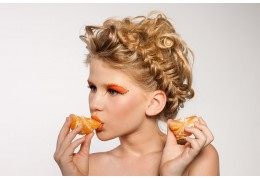

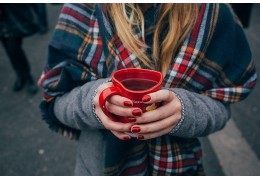
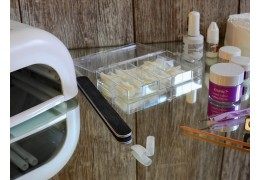
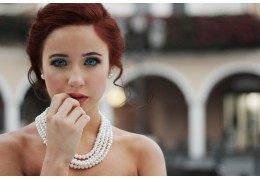
Featured posts

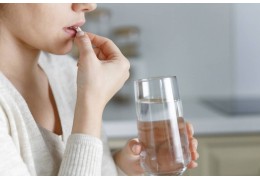


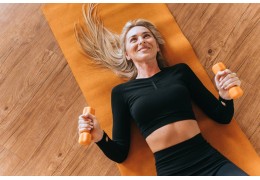
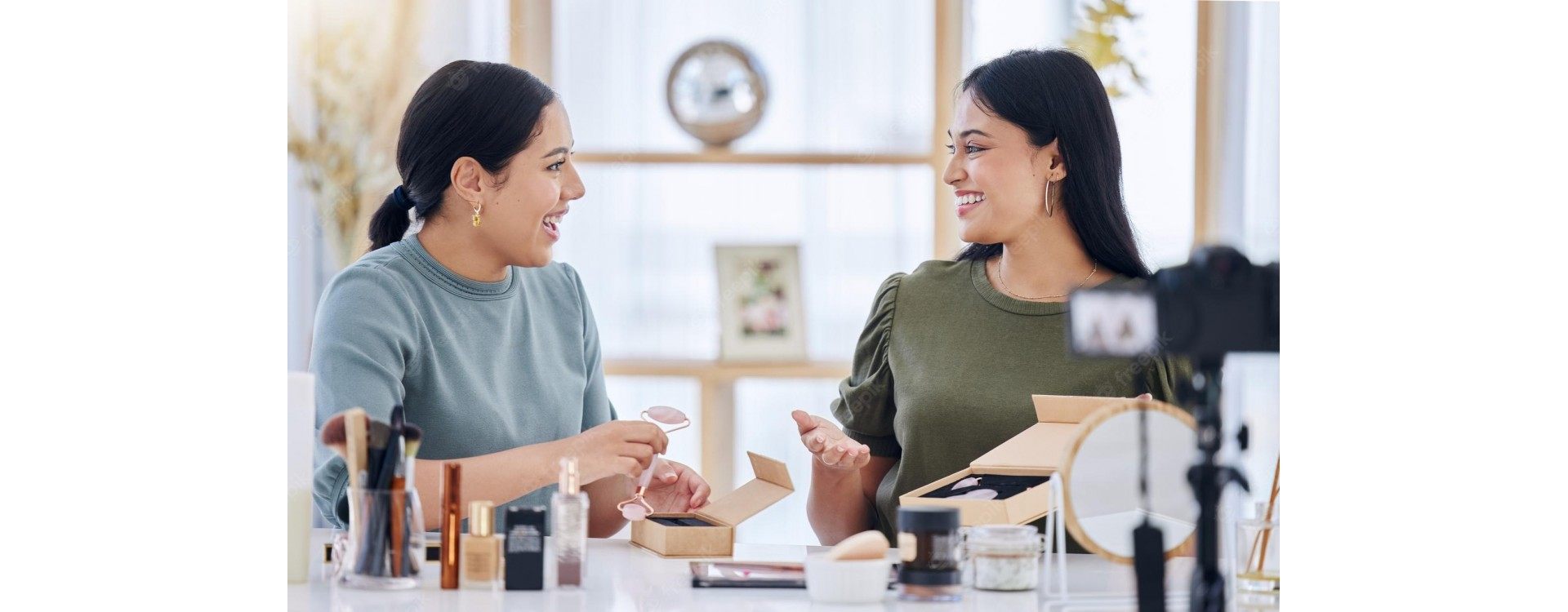
Beauty influencer marketing has become one of the most effective ways to reach a highly targeted audience. As consumers are increasingly savvy about beauty products and their components, influencers have helped brands renew themselves to regain user trust. Additionally, influencer marketing is an effective and easy way to connect with beauty consumers around the world. As it stands, more than 80% of regulars trust celebrity endorsements from social media. This is much more than what is noted for classic advertising campaigns. This is why influencer marketing continues to grow in popularity with both audiences and beauty product brands. In this article, we will see the impact of influencers on the world of beauty and how they managed to change the codes of cosmetics.
The beauty world is experiencing a major shift in the direction of greater inclusiveness. Beauty can no longer be a "one size fits all" concept. Instead, brands are taking a more intersectional approach, offering products and tools designed to fit a wider range of people (skin tones and hair textures, for example). A wide variety of foundation shades are now available to suit a wide range of skin tones.

In addition, brands have started to replace traditional models with a wider variety of women, who better represent their target audience. Likewise, many brands have started adapting their language to be more impactful and better understood. They have moved away from using words like "flawless" and "perfect" in favor of adjectives that are more neutral, more subdued and therefore less likely to weed out consumers who don't fit the standards of beauty as we know them. until then. Women of all origins, of all body shapes and even men can today be faces of beauty 2.0.
Marketers have recently focused on an approach to influencers known as "native" marketing. This type of content does not explicitly advertise a brand or product, but is presented in a way that appears truthful and authentic. As a result, native marketing has proven to be more effective at connecting with consumers and driving sales than traditional advertising.
When it comes to the most effective type of influencer marketing, native advertising tops the list. When executed correctly, native advertising can seamlessly blend into content an influencer is already creating, making it difficult to differentiate between the two. It is therefore a winning solution for the brand and the influencer. On the one hand, the influencer can create the type of content that they have been passionate about for a long time. Finally, the brand can harness that passion and reach a highly targeted and engaged audience.
After exploring the effectiveness of influencer marketing and the types of influencers brands should partner with, we need to look at the principle of transparency. Transparency is a key issue facing the beauty industry, especially when it comes to the legitimacy of influencers. A recent report called for greater transparency in the work of influencers so that consumers cannot feel cheated or wronged. A few years ago, when these sales practices started, there was perhaps a lack of authenticity in influencer marketing.

It was then found that many influencers were not transparent about their relationships with brands, which made it difficult for consumers to trust them 100%. A report then concluded that the lack of transparency greatly harms influencer marketing as a whole. As a result, the report now calls for greater transparency in the influencer marketing space. He recommends that brands and influencers commit to full transparency with consumers in the future.
Beauty brands are demanding a lot more from the influencers they partner with. In short, these brands are asking influencers to meet higher standards. They seek authenticity and longevity in their relationships with influencers and users. After all, the beauty industry is a multi-billion dollar market. With so much money at stake, brands want to be sure that their influencers are real professionals.
Beauty giants have therefore recently implemented stricter selection criteria when partnering with influencers. Companies are generally not interested in one-off collaborations. Rather, they are looking for long-term partnerships with influencers who are totally dedicated to their craft and who have proven their longevity. Brands want to ensure that the influencers who represent them are as authentic and sincere as their products.
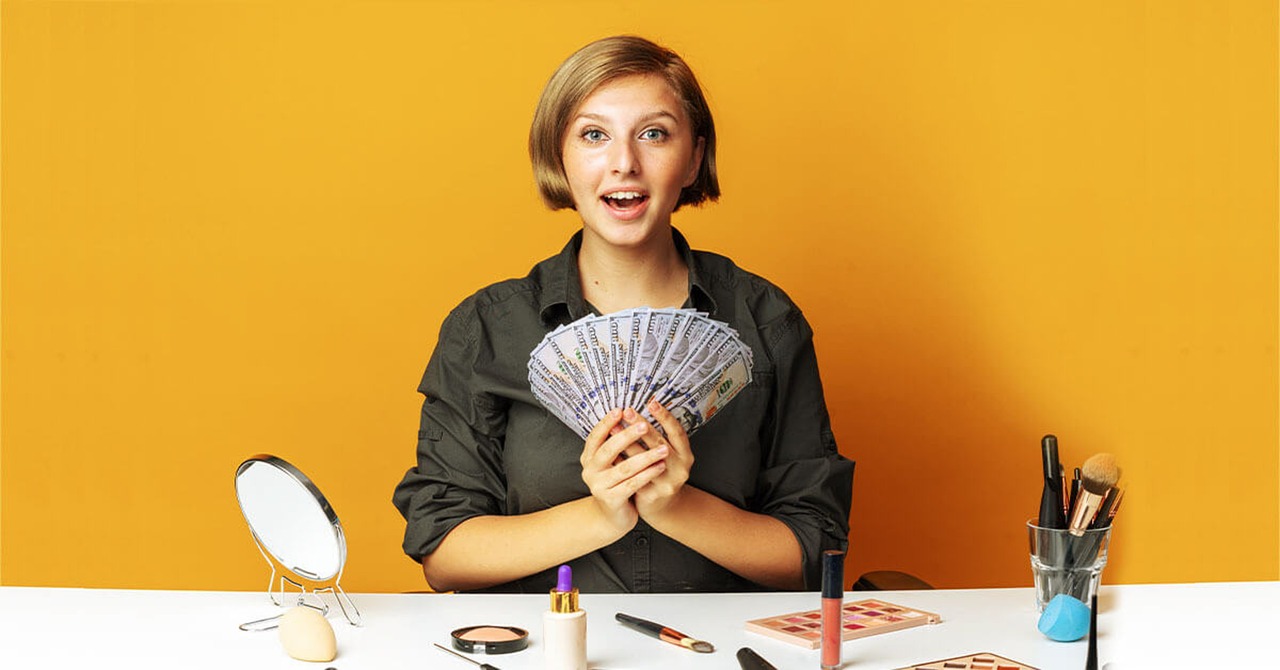
As we have explored throughout this article, the world of beauty is experiencing a major shift since the arrival of influencer marketing. Beauty and cosmetics must be concepts where everyone can find themselves and brands have understood this. We then witness greater tolerance, greater freedom and a return to fundamental values.
In addition to the efficiency and prestige of a product, consumers today want greater knowledge of the ways of producing and the components. This is why they seek the approval of a figure with whom they identify before making the purchase. Influencers play this role by placing themselves between brands and users. The impact of influencers on the world of beauty is therefore multiple: this has made it possible to break the codes of beauty standards, but also to provide greater transparency on the effectiveness and composition some products.